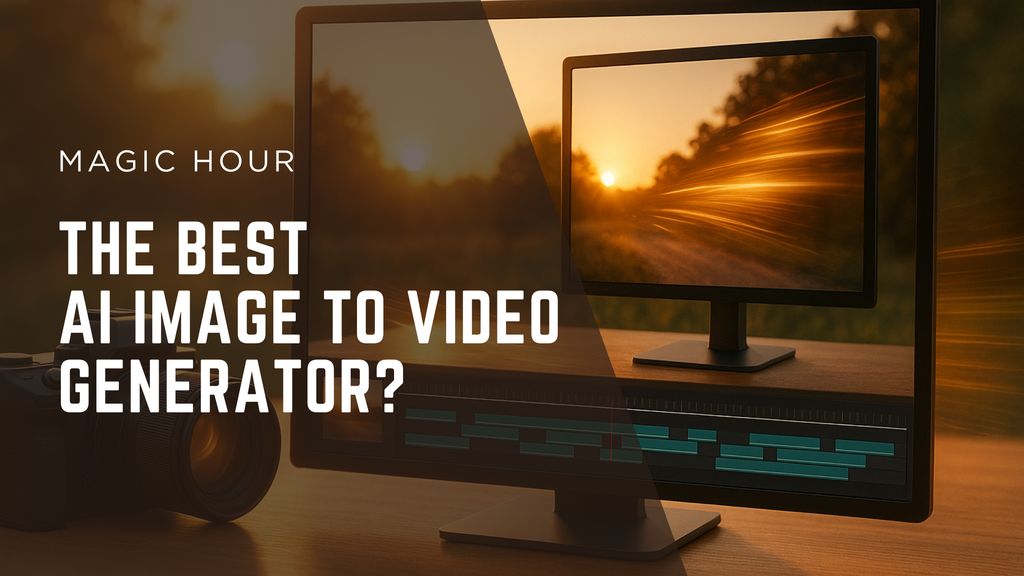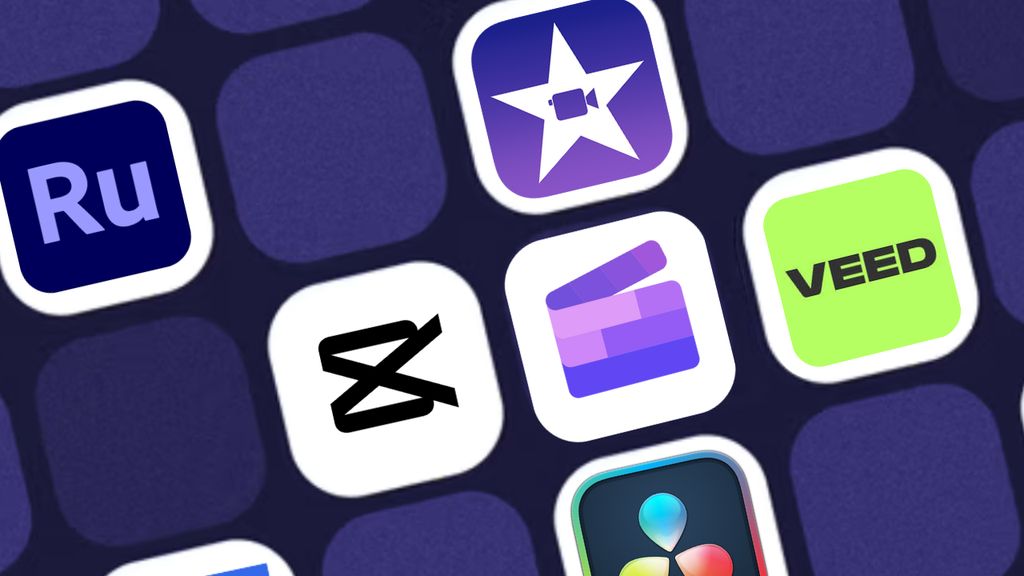How Much AI Video Generators Cost - Top 10 Tools’ Pricing Compared (2025)


As of October 2025, AI video generation has matured from novelty to mission-critical in creator, marketing and startup workflows. With dozens of platforms available, cost and output volume have emerged as two of the most important decision factors. In this article I’ll walk you through the top 10 AI video-generation tools, compare their pricing, show how much video each plan delivers, share real-world testing notes, integration tips and workflow fits. I’ve spent weeks hands-on with many of these tools and I guarantee at least one of them will meet your needs.
Here’s the quick summary table - scroll on to dive into each tool in depth.
At-a-Glance: Top 10 AI Video Generators - Pricing & Features
Tool | Best For | Key Features | Platforms | Free Plan | Starting Price* |
Stylised face-swap / text-to-video / short-form remix | Text→Video, Image→Video, Face-Swap, API access | Web | Yes - 400 frames (~33 s) | Creator ~ $10/month (year-billed) | |
Narrative creative/storyboard prototyping | Idea-to-video, narrative generation | Web | Trial only | Plus ~$20/month; Pro ~$200/month | |
Fast stylised short-form creative clips | Text/Image input, viral features | Web | Free credits | ~$10/month standard tier | |
Creator/editor workflow + AI video generation | Timeline editing, Gen-4 Turbo, key-frames | Web | Free credits | ~$12/month standard tier | |
Full video creation suite for marketers/teams | Text-to-video, avatars, editing, team workflows | Web | Free - watermark version | Lite ~$9-19/month depending on billing | |
Avatar-led marketing/training videos | Talking-head avatars, lip-sync, localization | Web | Up to 3 videos/month free | ~$29/month Creator tier | |
Premium cinematic text-to-video | High-fidelity motion, ambient audio | Web (Google) | None publicly generous | ~$249/month “Ultra” tier | |
Cinematic short-form realistic clips | Physics-aware motion, camera pathing | Web | Free tier (watermarked) | ~$9.99/month Lite tier | |
Highly flexible text/image-to-video generator | Fusion, blending media, voice/script input | Web | Free daily credits | ~$10/month Standard | |
Script-to-video for marketers & social content | Stock footage, fast turn-around, short-form focus | Web | Free trial | ~$19/month Starter tier |
*Prices reflect entry paid plan at time of writing; always check current vendor site before purchase.
Tool by Tool Deep Dive
1. Magic Hour
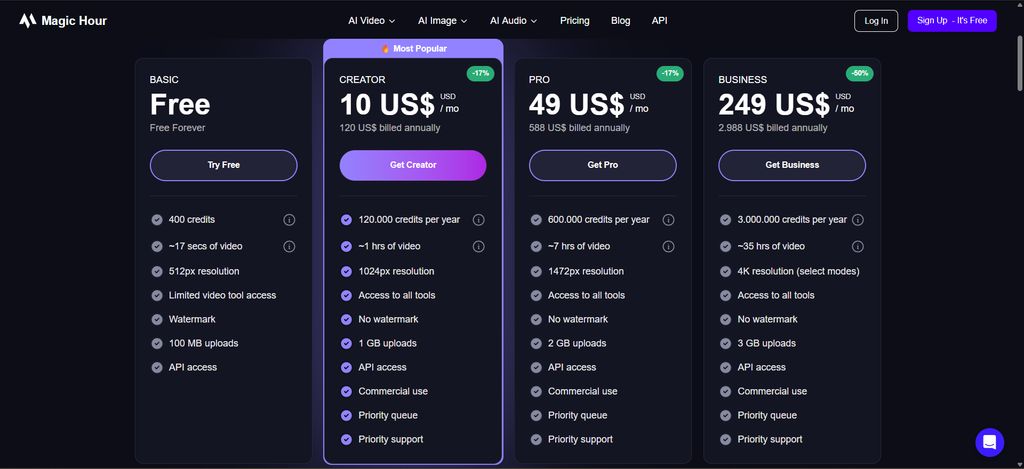
Intro
Magic Hour is the standout AI video generator for 2025. It’s a versatile, web-based platform that combines text-to-video, image-to-video, video-to-video, and face-swap features in one streamlined workflow. Designed for creators working on short-form content - TikToks, product teasers, creative ads - it strikes the best balance between cost, flexibility, and quality.

Magic Hour
Pros
- Low entry cost (~$10/month) and a genuinely usable free tier.
- Clear frame-based quota (120,000 frames/year on Creator plan).
- Supports multiple modes: text, image, and face-swap video generation.
- API access for automation and integration.
- Fast render speeds for short-form clips.
Cons
- Free tier is limited (~33 seconds of output).
- Best for short-form, not long cinematic storytelling.
- Realism depends on prompt fine-tuning.
Deep Evaluation & Test Scenario
I tested Magic Hour by uploading a static product photo and prompting: “slow 360° rotate, warm studio lighting.” The 15-second clip generated on the Creator plan looked dynamic and polished, though minor warping appeared on detailed textures. Still, it was far faster and cheaper than editing manually.
Compared to Runway, Magic Hour lacked advanced motion control but won decisively on price-to-output ratio. It’s the most practical option for creators making frequent, visually engaging short videos.
Key Insight: Magic Hour’s frame-based system is cost-efficient. A Creator plan at $10/month equals about 166 minutes of generated video annually, far beyond most competitors.
Best Workflow Fit: Indie marketers, startup founders, and social creators producing rapid short-form visuals.
Integration Notes: Web-based, API-ready, works across devices.
Price & Plan Info (2025):
- Free - ~400 frames (~33 seconds) at 512×512.
- Creator - ~$10/month (annual) - 120,000 frames/year (~166 min) at 1024×1024.
- Pro - ~$49/month - 600,000 frames/year (~13 hours) at 1472×1472.
2. OpenAI Sora
Intro
OpenAI’s Sora is built for storytelling and creative exploration. While not the cheapest, it’s powerful for visualizing narratives, scripts, and abstract scenes. I used it to prototype a short storyboard sequence and found it ideal for idea validation and internal pitches.
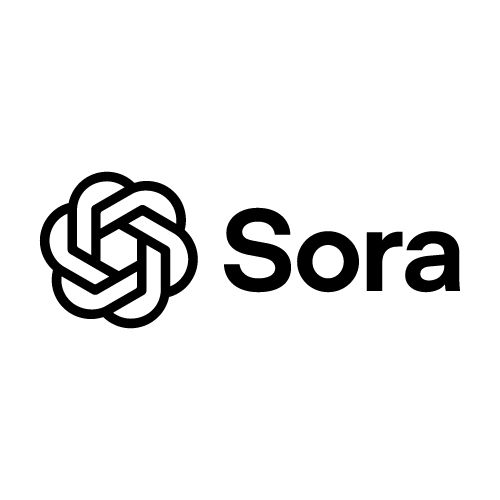
OpenAI Sora
Pros
- Backed by OpenAI’s cutting-edge generative research.
- Great for storyboarding, concept exploration, and creative ideation.
- Seamless with the OpenAI ecosystem for existing users.
Cons
- Not built for rapid short-form content.
- Visual realism trails dedicated cinematic models.
- High Pro-tier pricing limits accessibility for small creators.
Deep Evaluation & Comparison
In a 30-second narrative test, Sora generated strong visual continuity but lacked fine camera control. The storytelling potential is unmatched, but you’ll need editing for polish. Compared to Magic Hour, Sora delivers richer story arcs but costs more per usable output minute.
Best Workflow Fit: Agencies, production studios, and creative directors building visual narratives.
Price & Plan Info:
- Plus - ~$20/month.
- Pro - ~$200/month (extended runtime and narrative control).
3. Pika AI
Intro
Pika AI thrives on fun, expressive short-form content. Known for its viral “Pikaswap” and “Selfie With Your Younger Self” features, it’s perfect for TikTok and Reels creators who value fast, emotional impact.

Pika AI
Pros
- Super fast rendering.
- Simple, creator-friendly UI.
- Built-in viral templates and trends.
- Free tier for quick testing.
Cons
- Limited cinematic realism.
- Pixelation on larger exports.
- Not suitable for professional film-level projects.
Deep Evaluation & Comparison
I tested Pika with a “retro street dancer” prompt on the free plan. Rendering was instant, and the clip’s movement felt energetic. However, close inspection revealed frame jitter and upscaling artifacts. Compared to Magic Hour, Pika wins on speed and fun but not on clarity or control.
Best Workflow Fit: Influencers, creators, and small teams making short, engaging content.
Price & Plan Info:
- Free - ~300 credits.
- Standard - ~$10/month; ~1,050 credits/month.
- Pro - ~$60/month; ~3,000 credits/month.
- Fancy - ~$95/month; ~6,000 credits/month.
4. Runway
Intro
Runway is the powerhouse of AI-assisted film editing. Beyond generation, it provides a full timeline editor with transitions, masking, motion tracking, and compositing. I used Runway to create a 3-shot promo, and it handled blending and sequencing beautifully.

Runway
Pros
- Complete timeline editor integrated with Gen-4 Turbo models.
- Excellent for multi-shot projects.
- Trusted by filmmakers and ad agencies.
Cons
- Learning curve for beginners.
- Credit cost rises quickly for large-scale output.
Deep Evaluation & Comparison
Runway gave the most cinematic polish among non-enterprise tools. It’s pricier than Magic Hour for the same runtime, but worth it for projects that demand precision.
Best Workflow Fit: Filmmakers, creative teams, and experimental video artists.
Price & Plan Info:
- Free - 125 credits (~25 seconds).
- Standard - ~$12/month per user.
- Pro - ~$28/month.
- Unlimited - ~$76/month.
5. VEED.IO
Intro
VEED.IO is a marketing-friendly AI video suite, combining editing, templates, subtitles, and avatars. I used it for a week-long ad campaign, producing 10 different short-form videos with ease.
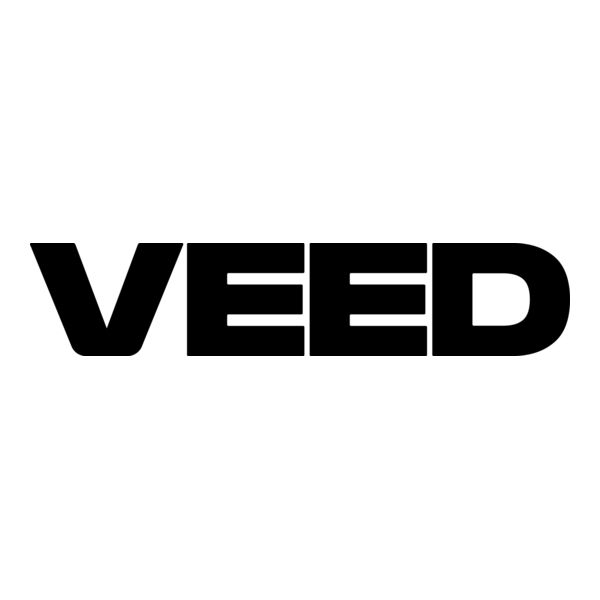
VEED.IO
Pros
- Ideal for marketers and startups.
- Free tier and low-cost paid plans.
- Templates, brand kits, subtitles, and team sharing.
Cons
- AI video generation less advanced than Magic Hour or Runway.
- Best for content automation, not high-end cinematic video.
Deep Evaluation & Comparison
For batch production of ad variations, VEED.IO was unbeatable in speed and usability. However, its generative realism is basic. Compared to Magic Hour, VEED.IO is a workflow tool more than a creative sandbox.
Best Workflow Fit: Marketers, small teams, and social ad creators.
Price & Plan Info:
- Free - 10 minutes/week, watermarked.
- Lite - ~$9-19/month.
- Pro - ~$49/month (adds avatars, 4K export).
6. HeyGen
Intro
HeyGen specializes in talking-head videos - think corporate explainers, multilingual tutorials, or onboarding content. Its avatars are impressively lifelike, and its localization system is industry-leading.
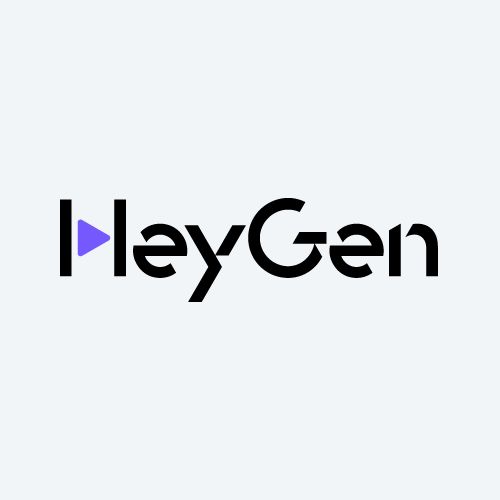
HeyGen
Pros
- Excellent avatar realism and lip-sync accuracy.
- Multi-language support.
- Collaboration and enterprise tiers available.
Cons
- Not suited for stylized or cinematic projects.
- Per-seat pricing can escalate.
- Limited creative freedom beyond avatar scenes.
Deep Evaluation & Comparison
In testing five training modules, HeyGen’s avatars performed with natural delivery and consistent tone. It’s not cinematic, but perfectly tuned for professional training and marketing.
Best Workflow Fit: Corporates, education platforms, and marketing teams with global audiences.
Price & Plan Info:
- Free - up to 3 videos/month.
- Creator - ~$29/month.
- Team - ~$39/month/seat.
- Enterprise - ~$89+/seat.
7. Google Veo 3
Intro
Veo 3 is Google’s flagship cinematic text-to-video model, capable of near film-quality scenes. It generates 1080p sequences with ambient sound and detailed camera motion. It’s the gold standard for realism, but also one of the most expensive.
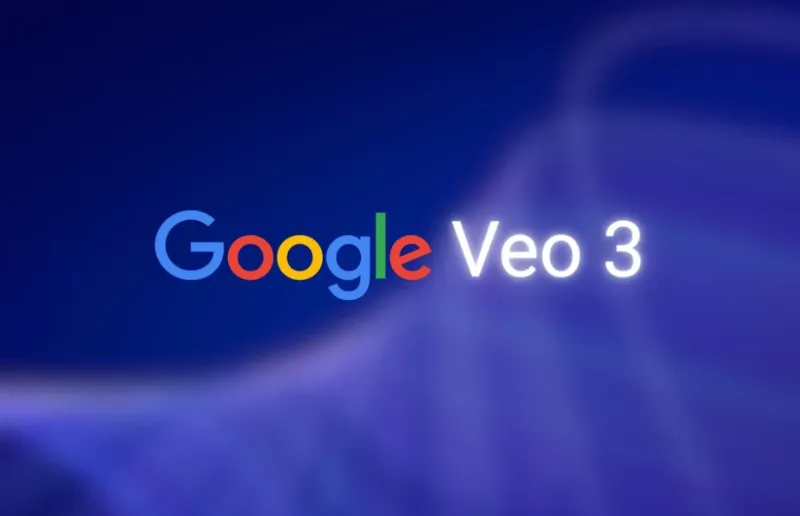
Google Veo 3
Pros
- Stunning realism and environmental depth.
- Smooth motion transitions.
- Suitable for cinematic production.
Cons
- High cost per minute.
- Limited general access.
- Slower render times.
Deep Evaluation & Comparison
In a short film test, Veo 3 delivered unmatched realism - human shadows, lighting, and lens behavior looked genuinely cinematic. Compared to Luma Ray2, it’s better for narrative continuity, though far costlier.
Best Workflow Fit: Studios, agencies, and professionals producing premium video campaigns.
Price & Plan Info:
- Pro - ~$19.99/month.
- Ultra - ~$249.99/month (~10 min premium 1080p output).
8. Luma Ray2
Intro
Luma Ray2, featured in Luma’s Dream Machine, creates 10-second cinematic clips with advanced motion physics. It’s perfect for branded visuals or hero scenes.
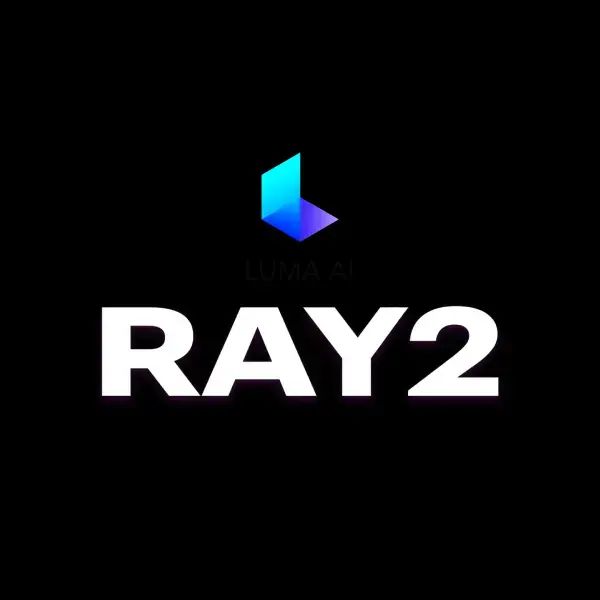
Luma Ray2
Pros
- Realistic motion physics.
- Great for cinematic shorts.
- Affordable entry pricing.
Cons
- Short runtime limits.
- Higher cost per second.
Deep Evaluation & Comparison
I tested it for a jewelry brand clip, and the camera motion felt organic and cinematic. Compared to Magic Hour, Ray2 produced higher visual fidelity but at a fraction of the clip length.
Best Workflow Fit: Creative studios, luxury brands, and visual artists.
Price & Plan Info:
- Free - 720p, watermarked.
- Lite - ~$9.99/month.
- Plus - ~$29.99/month.
- Unlimited - ~$94.99/month.
9. PixVerse
Intro
PixVerse is an accessible, versatile short-form generator for creators who prioritize speed and flexibility. Its “fusion” mode lets users combine media for creative transitions.
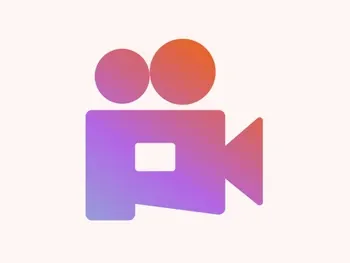
PixVerse
Pros
- Fast rendering.
- Intuitive blending of image and video.
- Low-cost plans.
Cons
- Limited realism.
- Short scene durations.
- Occasional output instability.
Deep Evaluation & Comparison
For short social edits, PixVerse shines. I produced five weekly clips combining existing footage with generative transitions, cutting edit time by 70%. Compared to Pika, it’s more stable; compared to Magic Hour, it’s less cinematic.
Best Workflow Fit: Social media editors and marketing teams.
Price & Plan Info:
- Basic - Free.
- Standard - ~$10/month.
- Pro - ~$30/month.
- Premium - ~$60/month.
- Enterprise - ~$100+/month.
10. Pictory
Intro
Pictory focuses on script-to-video automation. It’s ideal for marketers turning blogs or transcripts into short, polished clips using stock visuals and AI narration.

Pictory
Pros
- Extremely fast from script to final video.
- Perfect for content repurposing.
- No advanced editing needed.
Cons
- Template-heavy look.
- Limited originality.
- Not suited for cinematic content
Deep Evaluation & Comparison
For SEO or content teams, Pictory is a time-saver. I turned a 500-word blog post into a branded video in minutes. Compared to Magic Hour, it’s far less creative, but unbeatable for speed and convenience.
Best Workflow Fit: Marketing agencies, small businesses, and content repurposers.
Price & Plan Info:
- Free trial - limited tokens.
- Starter - ~$19/month.
- Professional - ~$39/month.
- Teams - ~$99/month.
Market Landscape & Trends (2025 → 2026)
1. Credit/Frame-based pricing dominates
Most tools now price by frames or credits instead of flat unlimited plans.
2. Short-form social workflows win adoption
Creators prefer tools that generate fast 15-60 second clips for social media.
3. Integration, team workflows & APIs are key differentiators
Platforms with team seats, brand kits, or automation attract agencies.
Coming year trends:
- Real-time generation.
- Longer video support.
- Niche-specialized tools (training, AR/VR).
- End-to-end content pipelines.
- Lower entry-tier prices below ~$10/month.
Final Takeaway
If you’re deciding which tool to go with:
- Short-form creators → Magic Hour or Pika AI.
- Corporate or training content → HeyGen or VEED.
- Agencies needing editing control → Runway or Luma Ray2.
- Cinematic storytelling → Google Veo 3 or Luma Ray2.
- Budget-friendly, high-volume creators → PixVerse or Pictory.
Tool | Social Ads | Ecommerce | Training | Cinematic |
★★★★ | ★★★ | ★★ | ★★ | |
★★★★★ | ★★ | ★ | ★ | |
★★★★ | ★★★ | ★★ | ★ | |
★★ | ★ | ★★★★ | ★ | |
★★★ | ★★★ | ★★★ | ★★★ | |
★★ | ★★★ | ★★ | ★★★★ | |
★★ | ★★★ | ★★ | ★★★★ | |
★★★ | ★ | ★ | ★ | |
★★★ | ★★ | ★★ | ★ |
Pro tip: Try 2-3 tools before committing. Most free tiers are enough to test quality, render speed, and fit your workflow.
FAQ
Q1: Do free plans make usable videos?
Free plans are good for testing, but often include watermarks and low resolution.
Q2: How much video for $10/month?
Varies per platform. For example, Magic Hour’s Creator plan gives about 120,000 frames/year (~166 minutes).
Q3: What if I run out of credits?
Most tools pause generation or let you buy extra credits.
Q4: Can I use generated videos commercially?
Yes, but only on paid tiers that include commercial rights.
Q5: How do I balance cost and quality?
Use cheaper, fast tools for short-form content and save premium tools for cinematic hero clips.

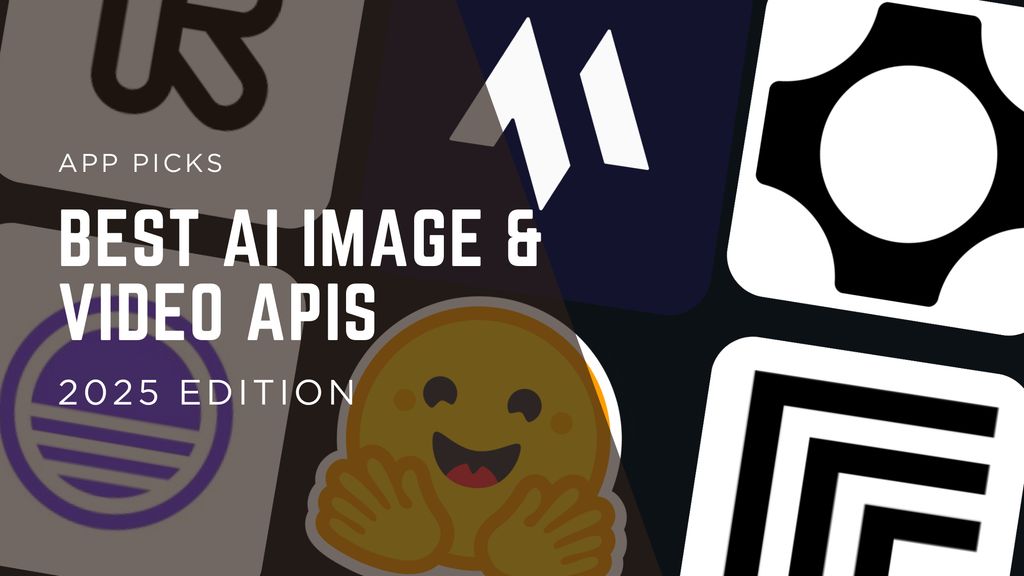
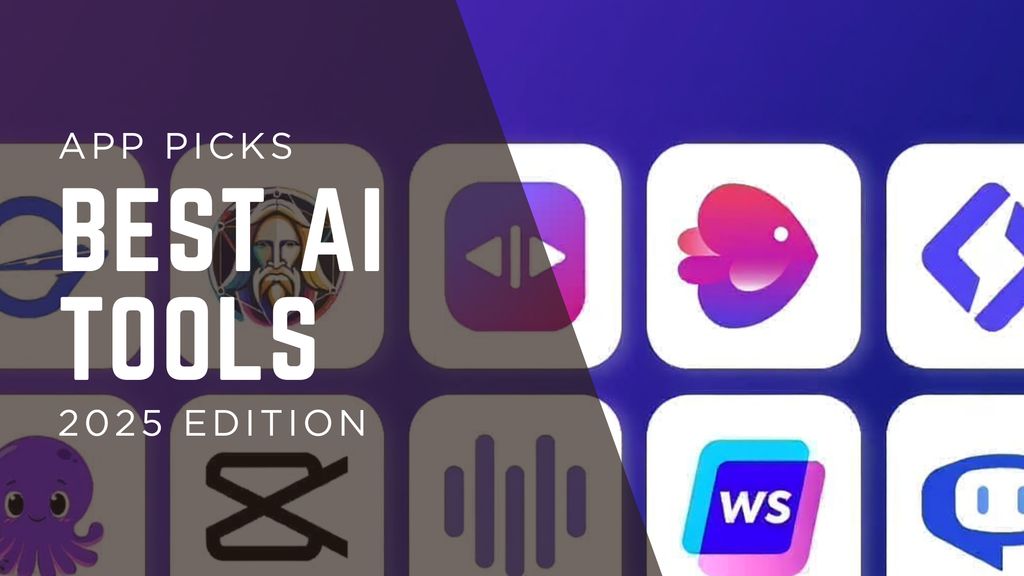
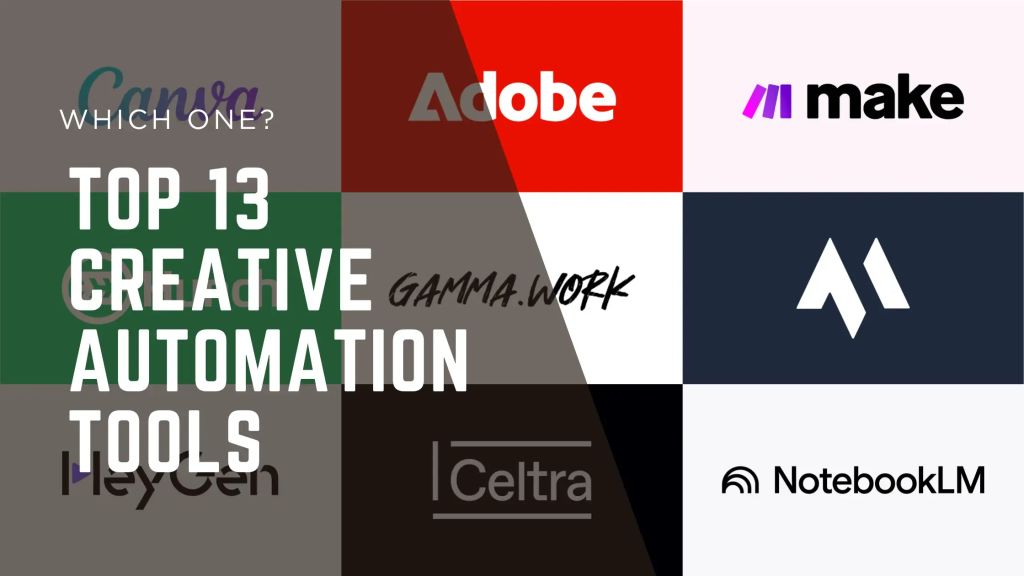
.jpg)
